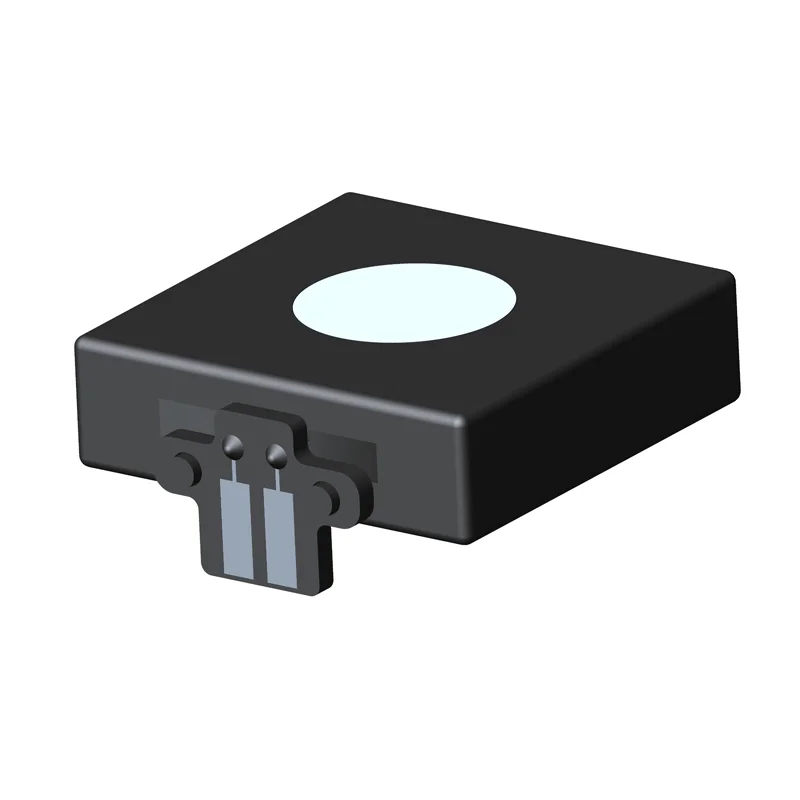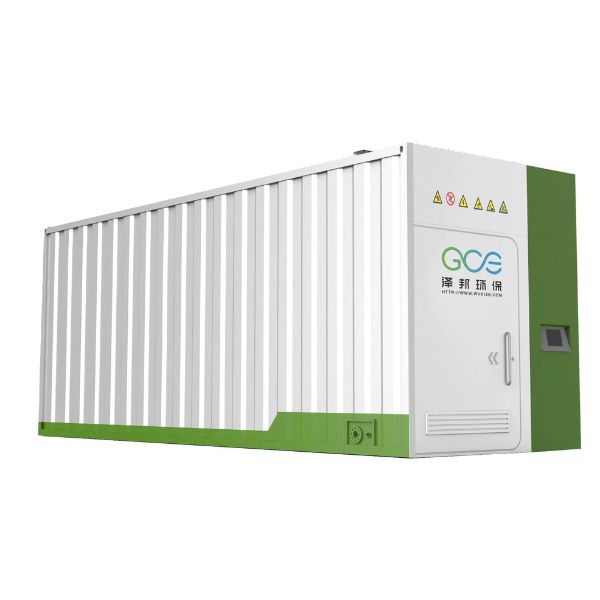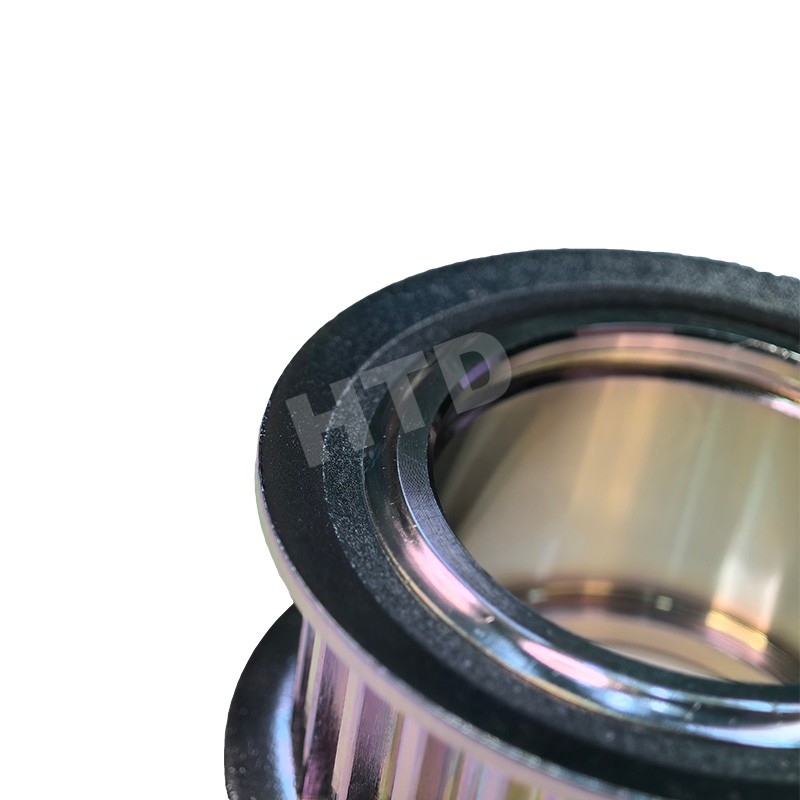In today’s world of smart technology and growing awareness about indoor air quality, selecting the right monitoring solution is more critical than ever. Whether you're a product developer, facility manager, or smart home integrator, understanding the difference between a VOC sensor and a traditional air quality monitor can help you make a smarter, safer, and more cost-effective choice. In this article, we break down how these two technologies work, what sets them apart, and why advanced VOC sensors like ProSense’s FC-VOC-5 are transforming the way we measure air quality.

1. What Is a VOC Sensor?
A VOC sensor is a type of gas detection device designed specifically to measure volatile organic compounds (VOCs) — harmful airborne chemicals that can originate from paints, cleaning products, furniture, adhesives, and other household or industrial sources. These compounds can lead to headaches, irritation, and long-term health issues when levels get too high.
ProSense’s FC-VOC-5 VOC sensor utilizes micro fuel cell technology, which generates an electric current proportional to the concentration of VOCs. This electrochemical method offers precise, linear readings and requires no baseline correction, making it ideal for long-term use in demanding environments.
2. What Is a Traditional Air Quality Monitor?
Traditional air quality monitors usually provide a broad overview of indoor air conditions. They often track parameters like:
-
PM2.5 and PM10 (particulate matter)
-
Temperature and humidity
-
Carbon dioxide (CO2)
-
Sometimes basic VOC readings via MOX (metal oxide) sensors
While these devices are great for general air monitoring, they often lack specificity and accuracy, especially when it comes to detecting low levels of targeted gases like formaldehyde (HCHO), benzene, or ammonia (NH3).
3. Key Differences in Detection Technology
a) Precision and Sensitivity
-
VOC sensors like the FC-VOC-5 use electrochemical technology, offering direct, precise readings of VOC concentration (0–5 ppm range with ±30ppb baseline).
-
Traditional monitors often rely on metal oxide sensors that respond to a wide range of gases, which can lead to inaccurate or vague results.
b) Consistency and Stability
-
The FC-VOC-5 offers strong anti-poisoning performance and does not require periodic calibration, ensuring stable results for up to 5 years.
-
Traditional monitors usually need frequent recalibration to maintain accuracy over time.
c) Specificity
-
VOC sensors are designed to target volatile organic compounds specifically, offering better insight into chemical exposure risks.
-
Traditional air quality monitors can alert you to general “air issues” but can’t identify the specific cause of pollution.
4. Application Scenarios: Which One Should You Choose?
Here’s a comparison of typical use cases:
| Application Area | Best Fit | Why |
|---|---|---|
| Smart home systems | VOC Sensor | Integrates easily, provides targeted gas detection |
| Industrial safety monitoring | VOC Sensor | Handles harsh conditions and detects trace VOCs |
| Consumer-level air purifiers | Traditional Monitor | Basic needs, low cost, simple interface |
| Formaldehyde detection | VOC Sensor | Accurate, real-time detection of HCHO and other VOCs |
| School/Office environments | Hybrid | Combine both to get full air quality + gas readings |
For high-performance environments or products that demand reliable VOC detection, specialized sensors like ProSense’s FC-VOC-5 are the superior choice.
5. Why Choose the FC-VOC-5 VOC Sensor from ProSense?
Shenzhen ProSense Technology Co., Ltd. has been a leading provider of gas sensing solutions since 2015, supplying over 10 million gas sensors globally. The FC-VOC-5 model stands out due to:
-
High stability in a wide range of environments (-20℃ to 60℃)
-
Good repeatability with 2% consistency
-
No need for baseline correction or frequent recalibration
-
Strong anti-poisoning ability for demanding air conditions
-
Compact and lightweight design (only 3g), ideal for smart devices
This sensor is already being used in air purifiers, fresh air systems, HVAC units, indoor air monitoring devices, and smart home applications.
6. Future Trends: Why VOC Sensors Are Becoming the Standard
As indoor air quality regulations tighten and consumer demand for transparency grows, VOC sensors are becoming a must-have feature in modern electronic devices and environmental systems. Users want data they can trust, not vague color indicators or generic air scores.
Sensors like the FC-VOC-5 deliver that trust. They offer quantifiable, real-time VOC data that can directly inform automation, safety alerts, or compliance reporting — something traditional monitors simply can't do on their own.
Conclusion: VOC Sensor or Traditional Air Quality Monitor?
To sum it up: if you're building or buying a device for general air quality awareness, a traditional air quality monitor will do. But if your application demands accurate, targeted, and stable VOC measurement, a dedicated VOC sensor — especially one built with fuel cell technology like ProSense’s FC-VOC-5 — is the right choice.
Whether you're optimizing a smart home, developing an industrial solution, or simply taking control of your indoor air, investing in the right sensor can make all the difference. When it comes to precision and performance, the VOC sensor stands apart.
www.cnprosense.com
Shenzhen ProSense Technology Co., Ltd.


